The health and weight loss benefits of beans are extensive. Beans are also a super clean source of protein and should be eaten daily as part of an anti-inflammatory diet. But before we talk about the specific benefits of beans any further let’s discuss the “miracle” starch found in beans…
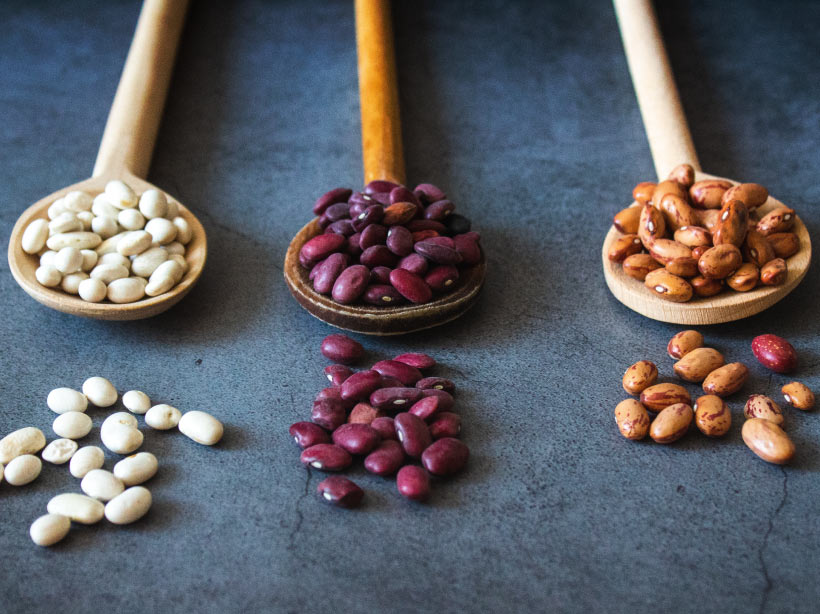
The Wonders of Resistant Starch
You’ve probably heard of soluble fiber and insoluble fiber, but there is a third type of fiber known as resistant starch.
Resistant starch is as close to a miracle starch as it gets (and beans have a lot of resistant starch!) Considered a functional fiber, resistant starch actually resists digestion, meaning the calories in resistant starch are much less likely than the calories in other foods to be stored as fat.
And because resistant starches such as those found in the foods listed in Chart 1 below are only partially digested yet are even more filling than simple starches like sugar and flour (which are completely digested), you end up with lower blood sugar levels, fewer insulin spikes, and a better ability to burn fat after a resistant starch–rich meal. In other words, you feel like you’ve eaten more due to the taste and volume satisfaction resistant starch brings, but your body treats these foods as if you’ve eaten less because only a small portion of the food is metabolized. If your body needs more energy than can be absorbed from the resistant starch it has no choice but to burn fat!
Studies show a diet rich in resistant starch not only helps control blood sugar levels and reduce fat storage after meals but also helps you feel more full, so you eat less.(1) The resistant starch found in the plant-based whole carbs that make up the bulk of the rural Chinese diet might help explain the findings outlined in Colin Campbells’ China Study book showing that per kilogram of body weight, the rural Chinese ate a generous 30 percent more calories than the average American yet weighed 20 percent less despite having comparable activity levels. (2)
All of this is a perfect example of how not all calories are created equal. But back to resistant starch… this stuff is very bulky, so it takes up a lot of space in your digestive system and you simply feel more satisfied after eating. By promoting a sensation of fullness or satiety, improving your body’s sensitivity to insulin, and increasing the breakdown of fat, resistant starch from beans and other plant-based whole carbs (see Table 1 below) is an essential component to losing weight without feeling hungry.
Not only will resistant starch help you shed pounds (which will reduce inflammation) but it can improve your health in many additional ways. Resistant starch helps heart health by binding to dietary cholesterol and removing it from the body, thus lowering serum (blood) cholesterol levels. Diets rich in resistant starch also help remove toxins from your body and can lower the risk for colon cancer.
And, finally, because resistant starch is a prebiotic fiber that promotes good bacteria and suppresses bad bacteria, it can help normalize bowel function and support a healthy digestive system in general. Having more good-for-you bacteria in your digestive system will also improve your immune function and make it easier for your body to fight disease.
For health and weight management it is a good idea to make sure you eat foods rich in resistant starch (such as beans!) every day.
Clean Cuisine-Approved Foods Rich in Resistant Starch
Beans
Bananas
Oatmeal
Lentils
Potatoes
Peas
Millet
Polenta
Corn
Yams
Brown rice
Yuca (and tapioca)
Plantains
The Health and Weight Loss Benefits of Beans
Beans and legumes are just about the very best source of resistant starch and fiber on the planet. In fact, nearly half of the starch in beans comes from resistant starch, meaning the starch is not digested, thus making beans an incredibly powerful weight-loss ally.
A Canadian study of 1,475 men and women found that those who consumed beans regularly tended to weigh less and have a smaller waist circumference than those who did not eat them. The regular bean eaters were also 23 percent less likely to become overweight over time. (3) Bean eaters weighed, on average, 7 pounds less and had slimmer waists than their bean-avoiding counterparts, yet they consumed 199 calories more per day if they were adults and an incredible 335 calories more per day if they were teenagers.
It is important to note here that, as mentioned earlier, all calories are not equal. Fiber calories and resistant starch calories do not contribute to weight gain. Also, some foods increase cellular metabolism and encourage increased energy burn to a greater extent than do others. It is very possible to eat more calories yet still lose weight so long as you choose the right foods.
And for numerous reasons, the fiber found in beans is a super important health-promoting and detoxifying nutrient. In general, the more fiber you can get from whole foods (not supplements!) the better. Although you will certainly be getting plenty of fiber eating fruits and vegetables, adding just ½ cup of beans or legumes to your diet daily will dramatically boost your fiber profile by approximately 8 grams. The National Cancer Institute recommends at least 25 grams of fiber a day; we believe you should eat a lot more fiber than that, but 25 grams is a good start.
Anti-Aging Bean Cuisine
Not only will beans slim your waist, they also slow aging. Beans and legumes are truly a fountain of youth food, bursting with anti-aging antioxidants and phytonutrients as well as a nutritional storehouse of vitamins and minerals such as folate, iron, potassium, and ultra-clean plant protein.
Like all plant foods, each bean and legume has its own unique nutritional, antioxidant, and phytonutrient profile. So don’t play favorites. All you need to know is that all beans and all legumes are healthful.
Beans, Beans, They’re Good for Your Heart…
That old catchy rhyme that starts out “Beans, beans, they’re good for your heart” also rings true. The resistant starch in beans can bind to cholesterol and other fats in your colon for removal.
Regular bean consumption has been linked with reduced homocysteine levels (elevated homocysteine levels are associated with heart attack, stroke and blood clots) and lowered blood pressure. It comes as no surprise that eating beans regularly reduces the risk of heart disease.
In a large study of almost 10,000 men and women in the United States, those who ate beans and legumes four or more times a week had a 22 percent lower risk of coronary heart disease and an 11 percent lower risk of cardiovascular events than those who ate them less than once a week. This heart health benefit was independent of other health habits.
What are the Healthiest Beans?
Lentils, black beans, adzuki beans, cannellini beans, navy beans, white beans, red kidney beans, garbanzo beans, pinto beans, and black-eyed peas are all highly healthful. Every single bean and legume has something special to offer. There is no such thing as the “healthiest bean.” So try to mix it up and eat a wide variety every week.
Have You Eaten Your Beans Today?
The 2012 edition of the Dietary Guidelines for Americans developed by the U.S. Department of Health and Human Services (USDHHS) and the U.S. Department of Agriculture (USDA) recommends 3 cups of legumes per week, which comes to approximately ½ cup of beans per day. We think that is an excellent goal to strive for and we recommend everyone eats at least ½ cup of beans or legumes per day.
Although we have incorporated the following recommendations into our Clean Cuisine Challenge we have included an overview of what your goal for eating beans should be each day:
Bean Cuisine Ideas and Bean Recipes
Some of our favorite ways to add beans and legumes to our diet include the following:
- Make bean-based chilies (try Ivy’s Slow Cooked Apple, Pumpkin & Black Bean Chili recipe)
- Scatter beans on top of your daily salad.
- Why not eat them for breakfast? That’s what Ivy’s grandfather, Earl Ingram, did every day for over 50 years. Grandpa Earl lived to be 97, maybe he was onto something?
- Use them in soups. Ivy especially loves to purée beans in veggie-based soups to create a rich and creamy texture. We use our slow cooker for making split pea soup but also for many other bean and legume recipes.
- Eat more hummus. Just about any bean or legume can be made into an incredible hummus (try our No-Oil Edamame Avocado Hummus recipe).
- Try bean-based burritos. We spread beans on sprouted whole grain tortillas or between sprouted corn tortillas for meat-free Monday night dinners.
- Try Ivy’s Garbanzo Bean Bread Triangles as an alternative to bread.
- Make Black Bean Brownies!
- Try Ivy’s Gluten-Free Pizza Made with Beans.
- Make bean burgers instead of meat burgers. Here’s a recipe for the Best Black Bean Burger Ever.
- Eat falafels! Give these Baked Falafels a try.
- Bring this 7-Layer Salad to your next potluck party.
- Make Spiced Indian Lentil Dal for dinner.
- Try this 20-minute dinner entrée of White-Bean Butternut Squash Ragout Over Polenta
- Give refried beans another chance! Pacific Natural Foods manufactures delicious organic vegetarian refried beans that are very low in oil.
We could go on and on with ideas for how to use beans and bean-based recipes, but the point is there are plenty of amazing bean cuisine dishes you can make!
“Fast Food” Bean Cuisine
Canned beans rank right up there with fruits as one of the best “fast foods” on the planet! However, we do think it is important to look for brands that use BPA-free cans (such as Eden Foods). Although more research needs to be done, BPA has been linked to health problems in humans and the National Toxicology Program has reported possible effects on brain and prostate development in young children and fetuses. We try to avoid BPA as much as possible.
An alarming study in the Journal of the American Medical Association showed there was a whopping 1,221 percent increase in BPA levels among subjects who consumed canned soup (canned foods are a big source of BPA) for five straight days. Fortunately, levels dropped to normal when subjects switched to fresh soup.
Oh! And to get rid of the “tin can” taste just do what chefs do, rinse your beans with water and drain well.
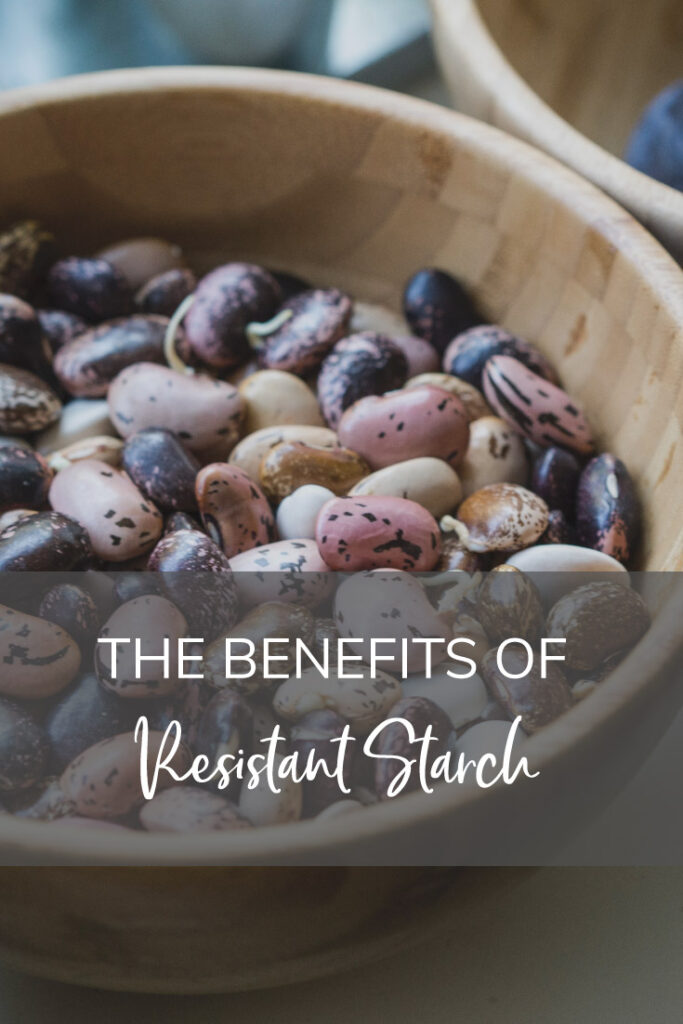
References:
- C. L. Bodinham, G. S. Frost, and M. D. Robertson, “Acute Ingestion of Resistant Starch Reduces Food Intake in Healthy Adults,” British Journal of Nutrition 103, no. 6 (2010): 917–22.
- T. Colin Campbell and Thomas M. Campbell, The China Study (BenBella Books, Dallas, 2006).
- Y. Papanikolaou and V. L. Fulgoni, “Bean Consumption Is Associated with Greater Nutrient Intake, Reduced Systolic Blood Pressure, Lower Body Weight, and a Smaller Waist Circumference in Adults: Results from the National Health and Nutrition Examination Survey 1999–2002,” Journal of the American College of Nutrition 27, no. 5 (2008): 569–76.


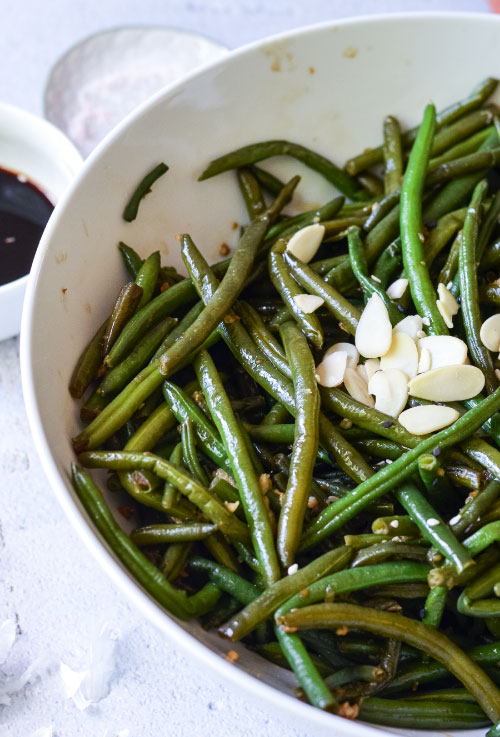
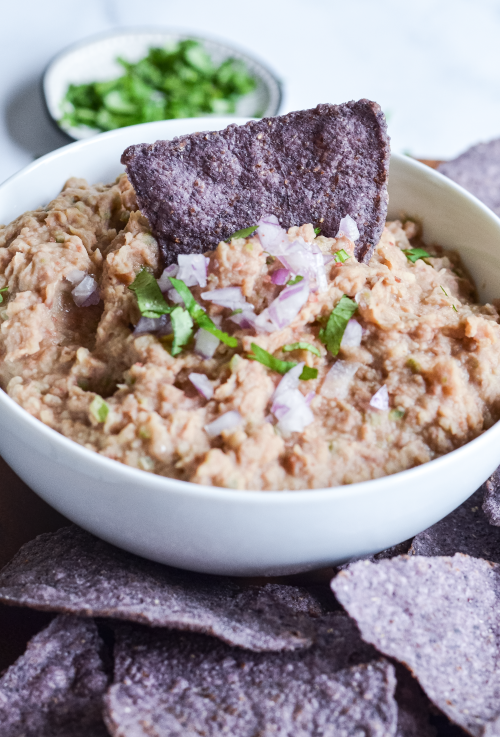

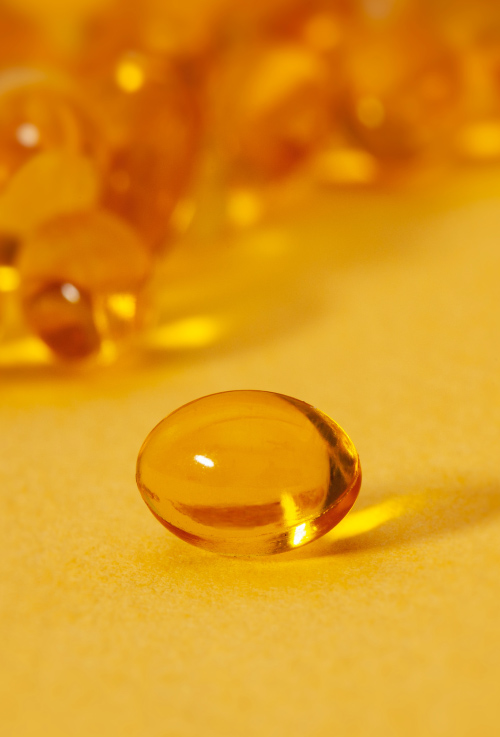
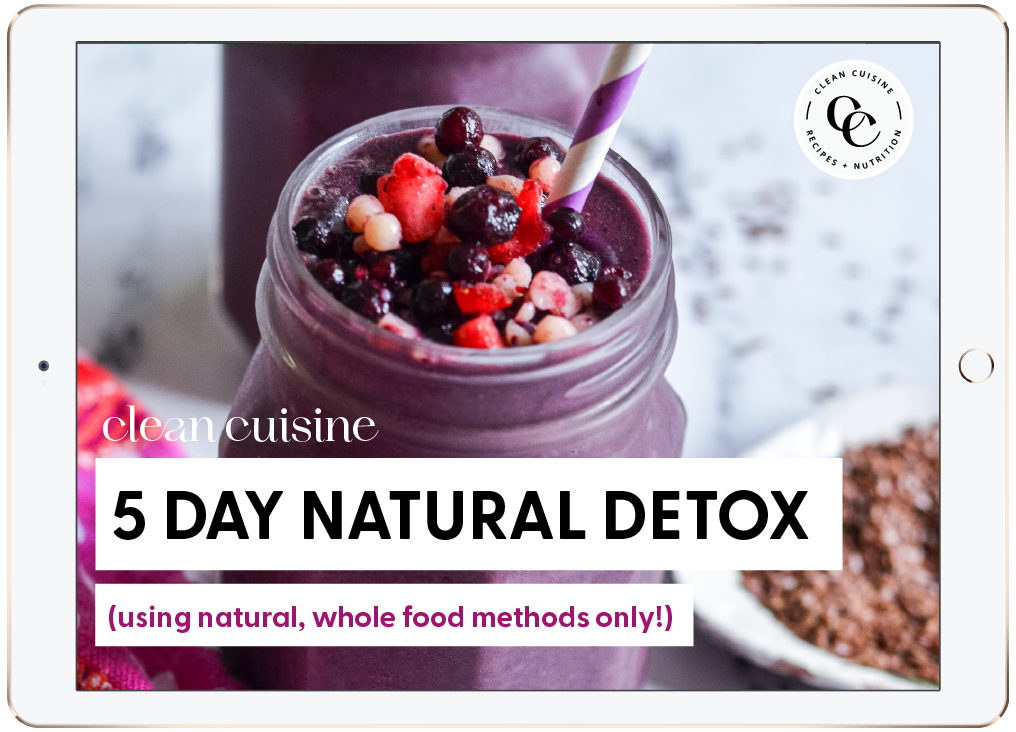
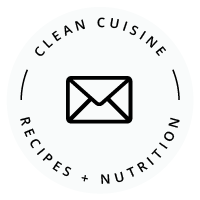
Kevin M
Thursday 7th of July 2022
I've actually been eating a can of beans almost everyday for years and I can echo most the points you've made in this article with my own experience. I eat them in the morning and tend to feel full but not sluggish all the way until dinner.
I have a recipe I call my breakfast beans where I use a potato masher to mash pinto beans in a skillet, season them with a healthy dose of garlic powder, onion powder, chili powder, cayenne powder, cumin and salt, cooked with a bit of vegetable oil. Then I add in 4 oz. of 95% lean ground turkey (again seasoned with Mexican spices), 4 oz. egg whites, a dollop of Greek yogurt, and a few splashes of super spicy hot sauce. I've added it up and the whole thing has 650 calories, 60 grams of protein, 20 grams of fiber, plus some good fats and resistant starch. It fills me up the entire day and basically tastes like I'm eating a good burrito, just without the tortilla.
Hoff
Wednesday 6th of September 2023
I eat different types of canned beans for lunch every day. Mix them up with a can of chilli tuna or sardines or smoked oysters, extra virgin. olive oil and chopped parsley or baby spinach leaves
Aimee Harris Niedosik
Friday 8th of July 2022
Now I'm hungry Kevin -- this sounds amazing!!